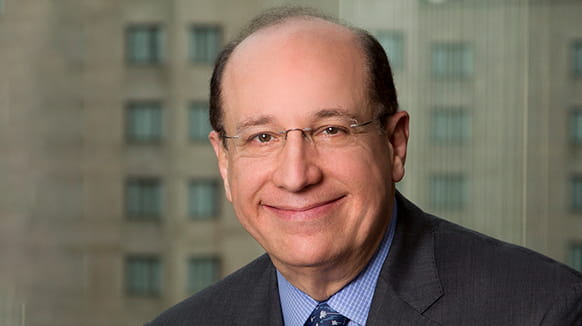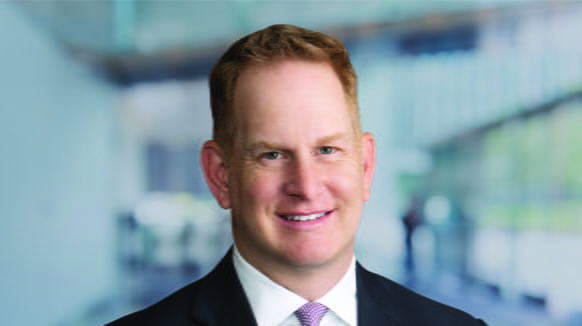This morning, Governor Andrew Cuomo of New York issued Executive Order No. 202.9 that applies through April 20, 2020, to protect borrowers against lender actions relating to COVID-19, covering the following three directives:
- First, it modified Subdivision two of Section 39 of the New York Banking Law to require lenders subject to the jurisdiction of the NY State Banking Department to grant a “forbearance to any person or business who has a financial hardship as a result of the COVID-19 pandemic” for a period of ninety days.
- Second, more specifically but separately, it directed the Superintendent (the “Superintendent”) of the Department of Financial Services (the “DFS”) to ensure “under reasonable and prudent circumstances that any licensed or regulated entities provide to any consumer in the State of New York an opportunity for a forbearance of payments for a mortgage for any person or entity facing a financial hardship due to the COVID-19 pandemic.” The second action is required to be “granted in all reasonable and prudent circumstances solely for the period of such emergency,” and does not have any fixed limit on duration.
- Third, the Executive Order directs the Superintendent to promulgate regulations restricting or modifying ATM fees, overdraft fees and credit card late fees applicable to New York consumers.
The scope of these actions is extraordinarily broad, and it is reasonably anticipated that regulations will very soon be forthcoming interpreting and clarifying how the Executive Order will be applied. As drafted, the Executive Order raises a number of important questions, including:
- Jurisdiction: The scope of the first directive raises jurisdictional questions as to which banks, branches and lenders are subject to the jurisdiction of the New York State Banking Department. Not all banks active in New York State are necessarily so regulated; while interpretation of this regulatory authority awaits clarification, some information may be found at the DFS website link for supervised institutions: https://myportal.dfs.ny.gov/web/guest-applications/who-we-supervise
- Application: The concept of “financial hardship” under the first and second directives raises questions about the process that will be required to be shown by the applicant seeking relief and what process will apply to such a showing. In the second directive, there is an unanswered question regarding the extent of time during which such forbearance is to be granted.
- Financial Institutions: All three directives will impose risk and costs on the affected institutions granting relief, without any insight as to how that relief may impact the institution’s financial condition or whether offsetting relief will be available. This is a particularly important point for the first directive, which is not limited to consumer transactions and could be interpreted as over-writing important negotiated terms of major commercial transactions, such as margin or asset-backed loan transactions.
We expect these and other questions to be clarified by implementing regulations.In the interim, in this quickly changing situation, any New York bank or other lender considering taking enforcement action or other responses beyond forbearance should consult with counsel regarding the specifics of the situation, and any further available directives from the State of New York.
Executive Order No. 202.9 can be viewed here.


